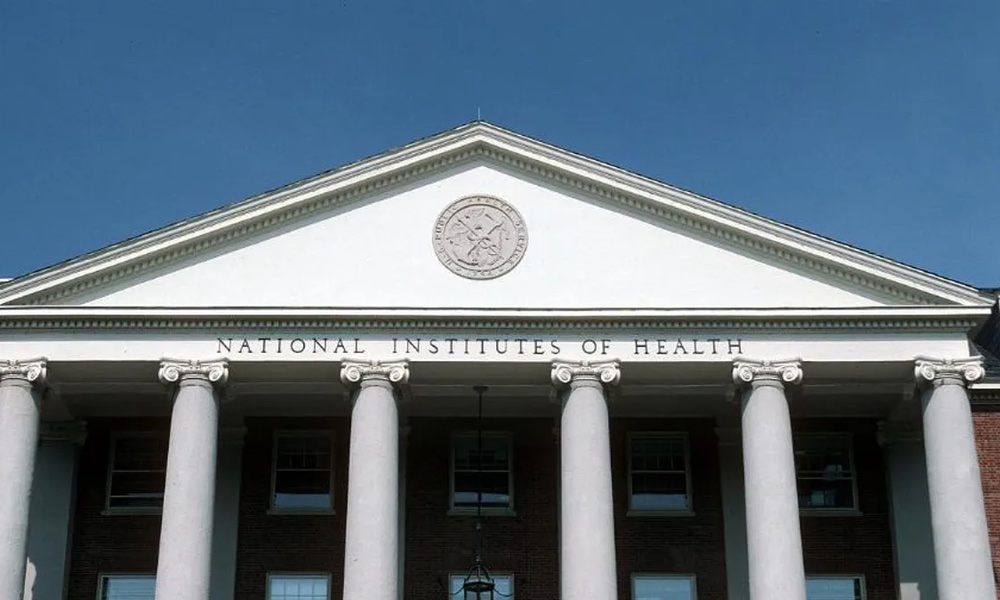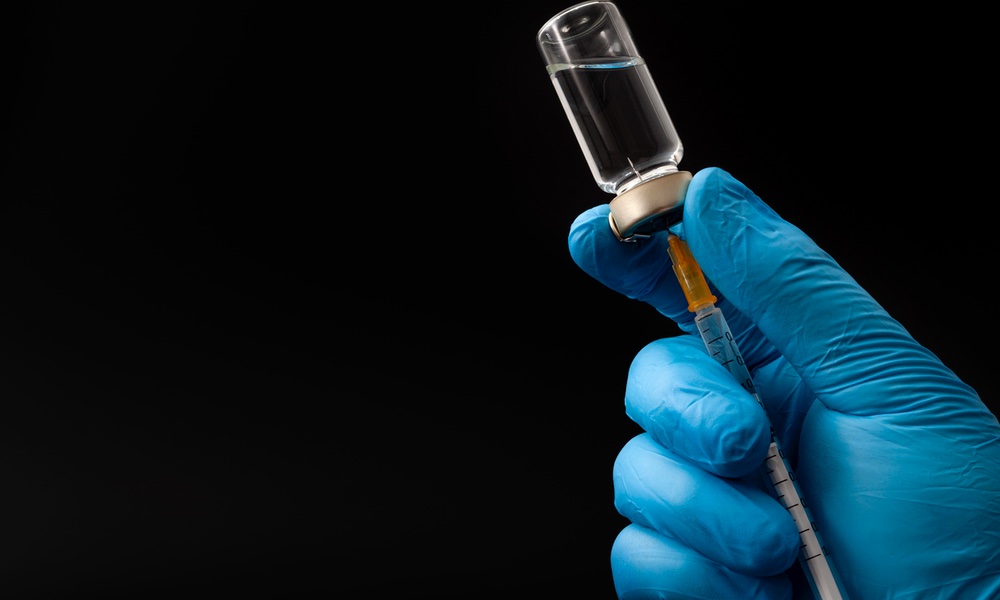The Cardiology Research Foundation, Washington Hospital Center, Washington, DC, USA
What if you've had bypass surgery and the chest pain isn't getting any better? And your doctor says repeat bypass won't work? Is there anything you can do? A new technique, transmyocardial laser revascularization (TMR) promises to help by stimulating new circulation in the areas of the heart crippled by insufficient oxygen (ischemia).
Currently an investigational therapeutic strategy, TMR is designed to enhance heart muscle blood flow by applying a laser energy source or pharmacologic agents directly into the oxygen-deprived heart. The technique can be performed surgically or via a catheter inserted into the heart via an artery in the leg.
Preliminary surgical clinical trials have indicated a significant reduction in chest pain severity, improved quality of life and some evidence of improved blood flow to the heart muscle in patients who have been, otherwise, unresponsive to other therapies. The catheter-based procedure may work as well as the surgical approach, thus enabling a patient to avoid a surgical procedure.
Who Can Benefit from TMR?
Patients are considered good candidates for investigational TMR protocols if they meet the following criteria:
- severe chest pain despite using drugs to increase blood flow to the heart muscle
- poor candidates for catheter-based artery repair (angioplasty) because their arteries are already too damaged
- poor candidates for surgical revascularization because they lack acceptable venous grafts (e.g., have varicose veins) needed for bypass.
TMR can also be used in combination with bypass surgery to increase blood flow to areas of the heart that coronary artery bypass graft surgery may not help enough.
How TMR Works
Laser energy, using one of two techniques, is applied to the heart muscle to create channels between the main pumping chamber, the left ventricle, and oxygen-deprived heart muscle. In surgical TMR, a heart surgeon applies the laser to the heart through a surgical opening in the chest wall. In the catheter-based approach, a catheter, together with the laser instrument, is threaded through the arteries until it reaches the heart. Post-procedure follow-up studies, including radioactive scans, have confirmed less chest pain, increased exercise capacity and enhanced perfusion of the heart for at least 12 months among study participants.
Despite the preliminary promising results of TMR, comparisons with "best" medical therapy have been difficult, since study groups are very different. You can't, to put it simply, compare apples and oranges to determine which makes the best juice. Finally, it is unknown whether the laser-induced heart muscle damage and scarring can lead to irregularities of heart rhythm and, thus, increase deaths among TMR-treated patients.
Nevertheless, the catheter-based TMR is especially attractive because it avoids the need for a major operation or general anesthesia. The catheter guidance system and the laser must work together perfectly, so that the necessary energy is delivered to the tissue. Otherwise, too much laser firing may produce a hole straight through the heart wall. Recently, a new three-dimensional navigational platform, using electromagnetic energy and linked to a laser, has enabled physicians to perform the TMR procedure at precise locations within the left ventricle.
Is TMR Better than Traditional Therapies?
A randomized study, comparing "best" medical therapy versus surgical laser TMR, found that there was an improvement in symptoms and quality of life assessment and some evidence of improved blood flow to heart muscle in patients who had TMR. Furthermore, the positive improvement (reduction in chest pain) lasted for as long as two years after TMR. Radioactive isotope studies, however, showed a less impressive improvement in the TMR group.
Despite the preliminary promising results of TMR, more study of the technique will be needed before it can be offered routinely to patients with severe and unresponsive anginal pain. Further catheter development, improved guidance systems and predictable energy delivery must first be attained. Researchers will also have to uncover and understand the underlying mechanisms which produce the desired responses so that they can determine the best possible channel size and energy source to make TMR as effective as possible




